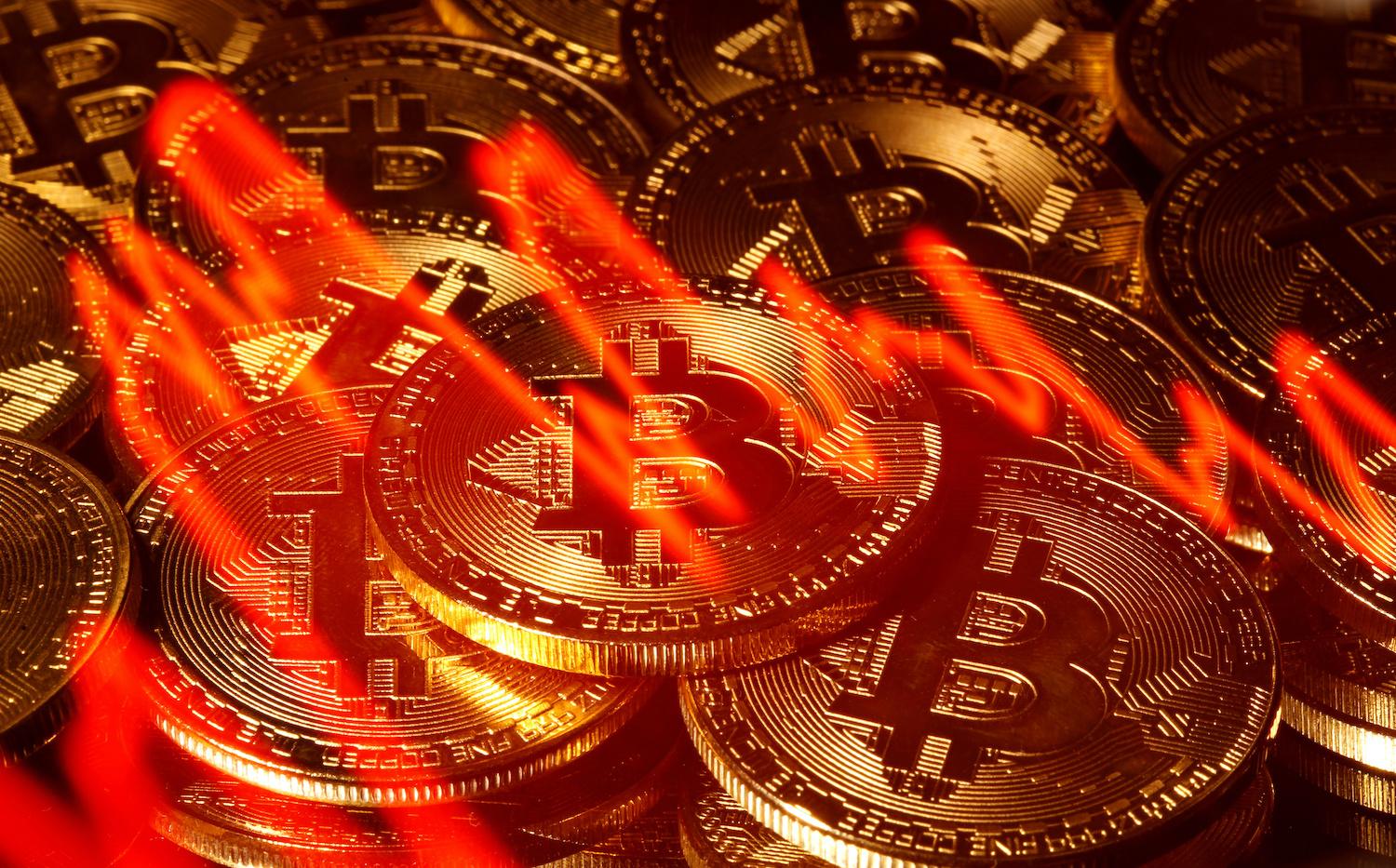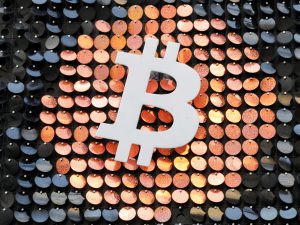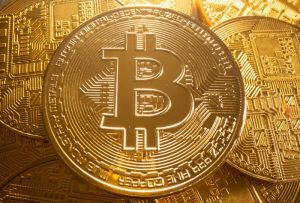S&P Dow Jones Indices, a division of financial data provider S&P Global, said on Thursday it will launch cryptocurrency indices in 2021, making it the latest major finance company to enter the nascent asset class.
The S&P DJI-branded products will use data from New York-based virtual currency company Lukka on more than 550 of the top traded coins, the companies said.
S&P’s clients will be able to work with the index provider to create customized indices and other benchmarking tools on cryptocurrencies, S&P and Lukka said in a joint statement.
S&P and Lukka hope more reliable pricing data will make it easier for investors to access the new asset class, and reduce some of the risks of the very volatile and speculative market, they said.
“With digital assets such as cryptocurrencies becoming a rapidly emerging asset class, the time is right for independent, reliable and user-friendly benchmarks,” Peter Roffman, global head of innovation and strategy at S&P Dow Jones Indices, said.
The move by one of the world’s most well-known index providers could help cryptocurrencies become more mainstream investments.
Bitcoin soars
It comes as bitcoin has soared to record highs against the dollar, boosted by increased demand from investors who say the virtual currency is a hedge against inflation and a safe-haven asset.
Bitcoin was trading at $22,554 in the latest trading on Thursday, having soared around 170% this year and passed $20,000 for the first time on Wednesday.
Cryptocurrencies have been around for more than a decade, but have started attracting more interest from large financial companies over the last few years.
Large firms including Fidelity Investments and Japan’s Nomura Holdings have starting safeguarding bitcoins and other cryptocurrencies for institutional investors, while major exchanges have started offering bitcoin derivatives.
The emergence of more mainstream market infrastructure has made the asset class more accessible for institutional investors, with hedge fund managers such as Paul Tudor Jones and Stanley Druckenmiller saying they include bitcoin in their broad investment strategies.
Paypal boost, CBDCs
Bitcoin has enjoyed a big rise since March, when it stood at $5,000, spurred more recently by online payments giant PayPal saying it would enable account holders to use cryptocurrency.
A number of central banks have meanwhile responded to the rise of cryptocurrencies and the dwindling global use of cash by announcing plans for bank-backed digital units.
Several central banks including those of China and Sweden – but also the US Federal Reserve – are also testing digital applications in response to Facebook’s recent moves to produce its own digital unit, Libra.
Unregulated by any central bank, bitcoin emerged as an attractive option for investors with an appetite for the exotic – although criminals have also seen its under-the-radar appeal.
Debate has raged over the status of the digital asset, which was launched in late 2008, as to whether it should be seen as a form of money, an asset or a commodity.
After the unit surpassed $1,000 for the first time in 2013, it increasingly began to attract the attention of financial institutions and has experienced wild price swings.
Bitcoin’s mysterious origin
As the world reeled from the 2008 financial crash, a nine-page paper called “Bitcoin: A Peer-to-Peer Electronic Cash System” was published on October 31 by someone called Satoshi Nakamoto.
The mysterious Nakamoto – whose real identity still remains a mystery – proposed creating a system where payments can be sent “directly from one party to another without going through a financial institution”.
It was a master plan for an alternative to currency not controlled by any central bank and that could be accessed by anyone.
The first 50 bitcoins were born on January 3, 2009. These were bunched into a single unit called a block, the first of which was called the “genesis block”.
From then on, every new block was attached to the one that came before it, creating what is today commonly known as a block chain.
The first transaction between two accounts occurred nine days later, when Satoshi Nakamoto sent 10 bitcoins to computer scientist Hal Finney as a test.
Bitcoin’s first value was deduced on October 5, 2009 from its cost of production – .076 US cents. At the time, the best way to get bitcoins was to “mine” them by using computers to solve difficult puzzles that release bitcoins from a block.
The electricity costs were offset by bitcoin’s real-world value. The puzzles got more difficult with the rise in the number of users, making their mining progressively more expensive.
Nakamoto announced his withdrawal from the project on December 12, 2010, ceasing all bitcoin operations four months later. The identity and number of bitcoins owned by Nakamoto remains a mystery. He briefly reappeared in an internet chat room in 2014, denying a Newsweek magazine article that claimed to unmask his identity.
Bankruptcy
After malfunctioning for over two weeks, the main bitcoin exchange – based in Tokyo and known as Mt. Gox – filed for bankruptcy protection in February 2014.
Accounting for nearly 80% of all bitcoin operations, the exchange said it had been hacked, losing some $477 million in crypto currencies.
Its former chief, a Frenchman named Mark Karpeles, got a two-and-a-half-year suspended sentence from a Tokyo court in March 2019 for tampering with electronic data. He was acquitted on charges of embezzling millions from client accounts.
Rollercoaster ride in 2017 too
The currency hit global headlines in 2017 after soaring in value from less than $1,000 in January to $19,511 on December 18.
The virtual bubble burst in the subsequent days, with bitcoin’s value then fluctuating wildly, dropping below $5,000 by October the next year.
Traders had been hoping to get a big boost with approval by the US Securities and Exchange Commission (SEC) of a bitcoin exchange-traded fund (ETF).
But the SEC has thus far baulked out of concerns about fraud.
Bitcoin began its latest meteoric rise on October 21, after US online payments provider PayPal announced that it would enable account holders to use crypto currency.
The US Federal Reserve and European Central Bank are holding consultations on the possible launch of their own virtual currencies, while China’s central bank started experimenting with digital payments in four cities in April.
with reporting by Reuters, AFP
























